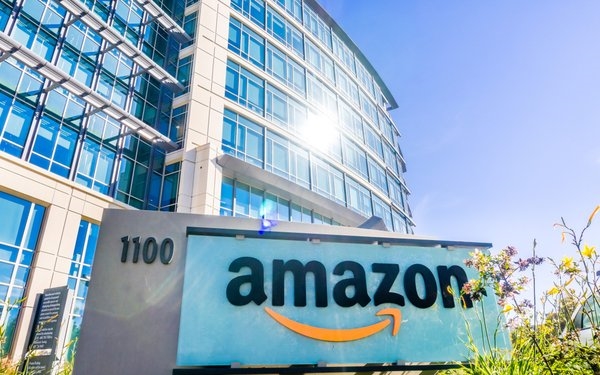Amazon Not Seeing A ‘Pullback’ In Advertising Despite Supply-Chain Challenges

Amazon reported quarterly earnings Thursday, demonstrating how supply-chain problems are challenging even the largest companies.
The company posted lower-than-expected third-quarter sales, citing labor and supply-chain challenges that pushed up costs and have made it more difficult to meet demand.
“Labor shortages and supply-chain disruptions upset this balance and resulted in additional costs to ensure that we continue to maintain our service levels to customers,” said Brian Olsavsky, CFO at Amazon, during the company’s earnings call.
The company reported revenue of $110.8 billion and profit of $3.2 billion, both fell below analysts’ expectations.
Amazon Ads continues to grow quickly, representing the significant majority of other revenue, which grew 49% year-over-year in Q3. When Brent Thill, analyst at Jefferies, asked whether the company sees a pullback in the advertising business, given some of the concerns in the supply chain, Olsavsky said “no,” but slightly danced around the topic based on what the company experience during Prime Day.
Quartile, an agency that which works closely with Amazon and top ecommerce brands, such as Thrassio, Burt’s Bees, and SmartyPants Vitamins, has seen its fair share of challenges.
Canaan Schladale-Zink, Quartile CRO, said increased competition — especially as more companies entered online marketing during the COVID-19 pandemic — has become more of an issue than the supply chain.
“Now everyone’s at the party,” he said. “It meant CPC kept going up, up and up. It’s fine because more consumers were shopping online. … They may not be able to keep up with supply, but it’s more difficult to find the demand because now they’re one in a thousand voices screaming into the marketplace.”
Disruption to the global supply chains and inflation in the cost of materials, such as steel and services, such as trucking have raised operating costs.
“We saw the slowdown in sales early on, but it doesn’t always equate to a slowdown in advertising,” Schladale-Zink said. “It got more competitive, so companies started to diversify into other channels. … I imagine the search business growth was quite small relative to previous quarters and year over year, though I’ll never get to see the real numbers.”
Amazon also said its labor costs rose, adding approximately $2 billion in operating costs in Q3, particularly in August and September. Q4 guidance range anticipates these costs will approach $4 billion in Q4 as Amazon sees a full quarter’s impact of these effects and a higher seasonal unit volume.
(30)